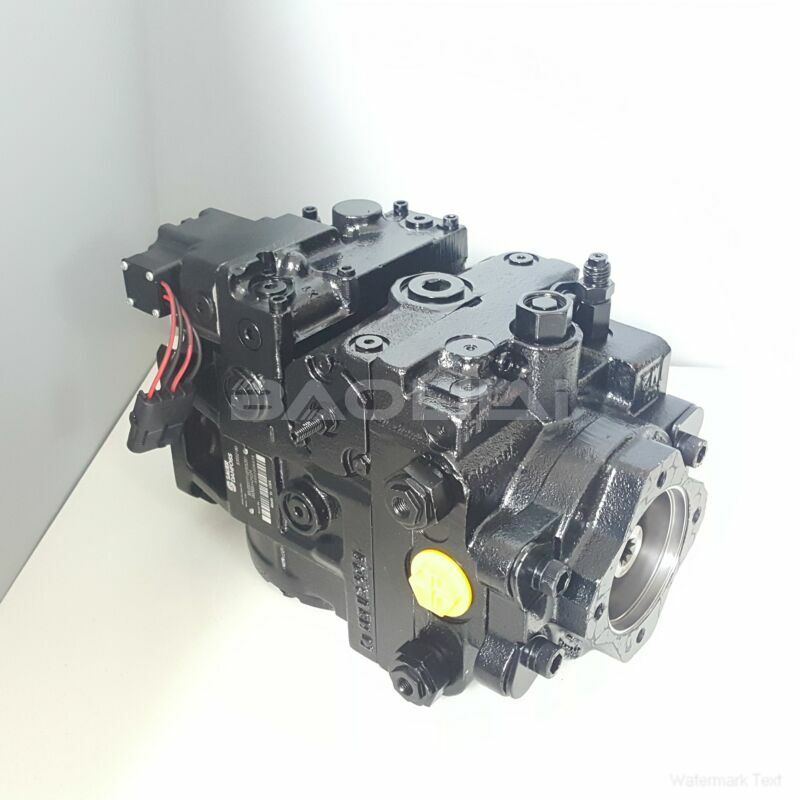90L180HS1AB80SMC8J03NNN353528 danfoss pump
90L180HS1AB80SMC8J03NNN353528 danfoss pump

- Product Details
- Applicable Scene
Cavitation in hydraulic systems is a common problem that can lead to significant damage and decreased performance. It occurs when the pressure in the hydraulic fluid drops below the vapor pressure, resulting in the formation of vapor bubbles. These bubbles can collapse violently, causing shock waves that lead to erosion and wear in pumps and other components. In closed-circuit systems, addressing cavitation requires a comprehensive understanding of the system’s dynamics and the factors contributing to the issue. Here are some effective strategies to mitigate and solve cavitation problems in hydraulic pump systems.
90L180-HS-1-AB-80-S-M-C8-J-03-NNN-35-35-28
90L180HS1AB80SMC8J03NNN353528
One of the primary causes of cavitation is insufficient inlet pressure. To resolve this, it is crucial to ensure that the hydraulic fluid is maintained at an adequate pressure throughout the system. This can be achieved by:

83060734
Adjusting Fluid Levels: Ensure that the hydraulic reservoir is filled to the recommended level. Low fluid levels can lead to a drop in pressure as the pump struggles to draw fluid.
Minimizing Leakage: Check for leaks in hoses, fittings, and connections throughout the system. Even minor leaks can reduce the pressure and contribute to cavitation.
Improving Pump Placement: If possible, place the pump closer to the reservoir to minimize the length of the suction line. A shorter line reduces friction losses and helps maintain a higher pressure at the pump inlet.
Another effective method to combat cavitation is to optimize the fluid properties. The type of hydraulic fluid being used can significantly influence cavitation tendencies. Consider the following:
Selecting the Right Fluid: Use fluids with a suitable viscosity at the operating temperature. Fluids that are too viscous might not flow easily, while those that are too thin may not provide adequate lubrication or pressure.
Controlling Temperature: Ensure that the hydraulic fluid temperature remains within the recommended operating range. Elevated temperatures can decrease fluid density, potentially leading to cavitation.





